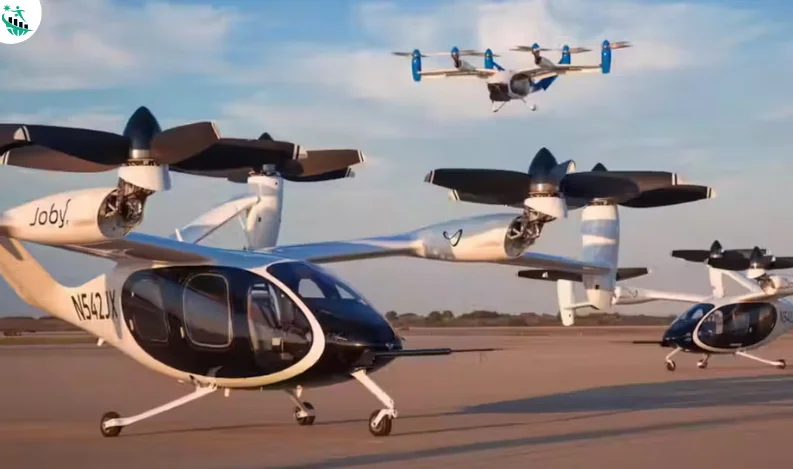
Jobs Outlook: As Much as 60,000 Pilots Required in Air Taxi Boom by 2028
The skies are poised on the cusp of change. Electric vertical take-off and landing aircraft, more commonly referred to as eVTOL air taxis, are set to transition from prototypes and test flights into practical use. With thousands of them due to be put into service globally in the next few years, the industry has one pressing question: who is going to operate them?
Market estimates predict the need for pilots will increase dramatically, with forecasts running anywhere from 19,000 up to as high as 60,000 by 2028. Industry analysts point out that since each air taxi will generate many short flights per day, several pilots will be needed to work different shifts, resulting in demand for trained operators increasing even more rapidly than the fleet.
Commercial launches are targeted as early as 2026 in major markets including the United States, the UAE, and Japan. Joby Aviation, which recently signed a six-year deal with Dubai’s Roads and Transport Authority, and Archer Aviation are among the companies preparing for pilot training and certification. Regulatory momentum is also gathering pace, with the US Federal Aviation Administration launching new regulations to permit single-pilot operation under a special certification program that includes high-level training, including simulator sessions, for this new class of "powered-lift" aircraft.
Projections for the industry are extremely divergent. KPMG estimates over 19,000 pilots required by 2030, while McKinsey & Co. projects demand to reach 60,000 pilots by as early as 2028. Aviation Week and Bain & Company are more conservative in their estimates but all agree that growth will accelerate throughout the 2030s as vertiport networks grow and battery technology advances. By mid-decade, the market potentially would be worth over $20 billion, several research companies estimate, underpinned by declining costs, urban traffic, and sustainability mandates.
There are challenges ahead. Safe integration of eVTOLs into packed airspace, building vertiports, and creating training streams for a new generation of pilots are paramount challenges. The International Air Transport Association has underscored the need to adopt changing certification standards to preserve safety as commercial air taxi operations launch.
For the aviation industry workforce, this is a seismic change. The increase in demand for pilots will not only redefine training queues but also trigger competition with legacy airlines for trained people. Experts indicate that fresh opportunities could arise for entry-level pilots within the industry, with electric air taxis creating a whole new job segment.
If predictions come to pass, the coming years might see the start of a whole new era of aviation, one where thousands of aviators cruise above urban skies, making flying taxis an everyday reality.



Recent Comments: